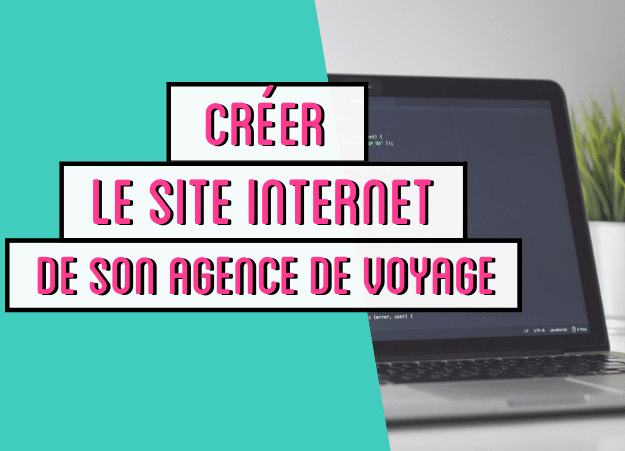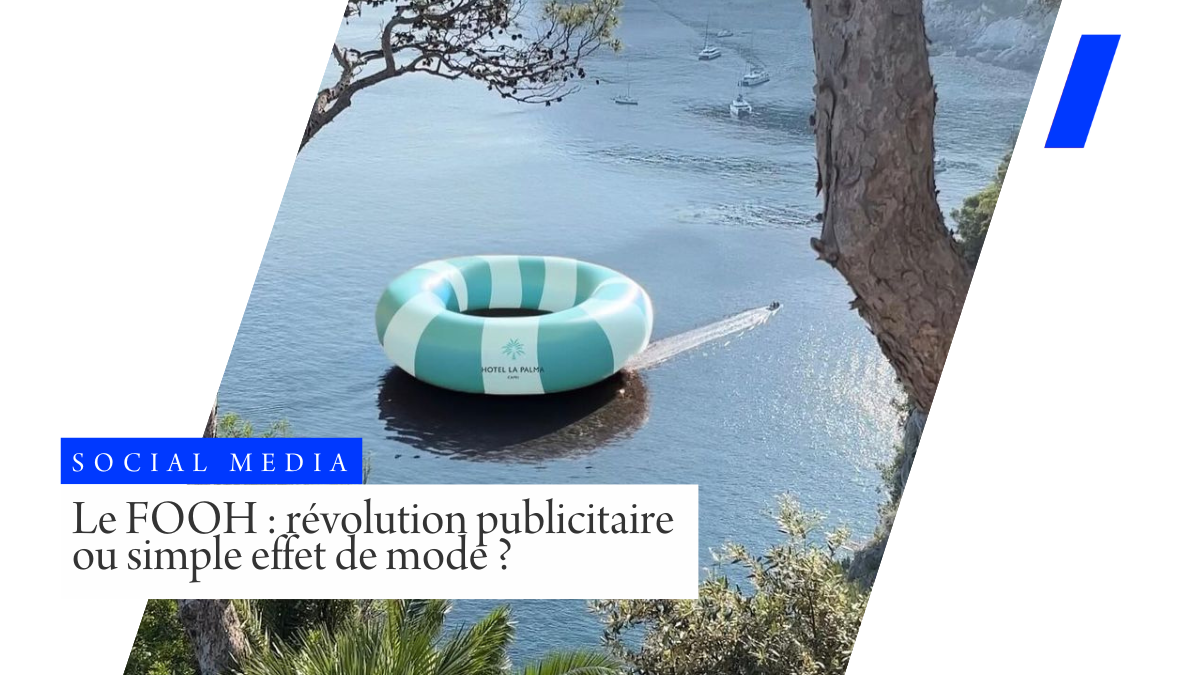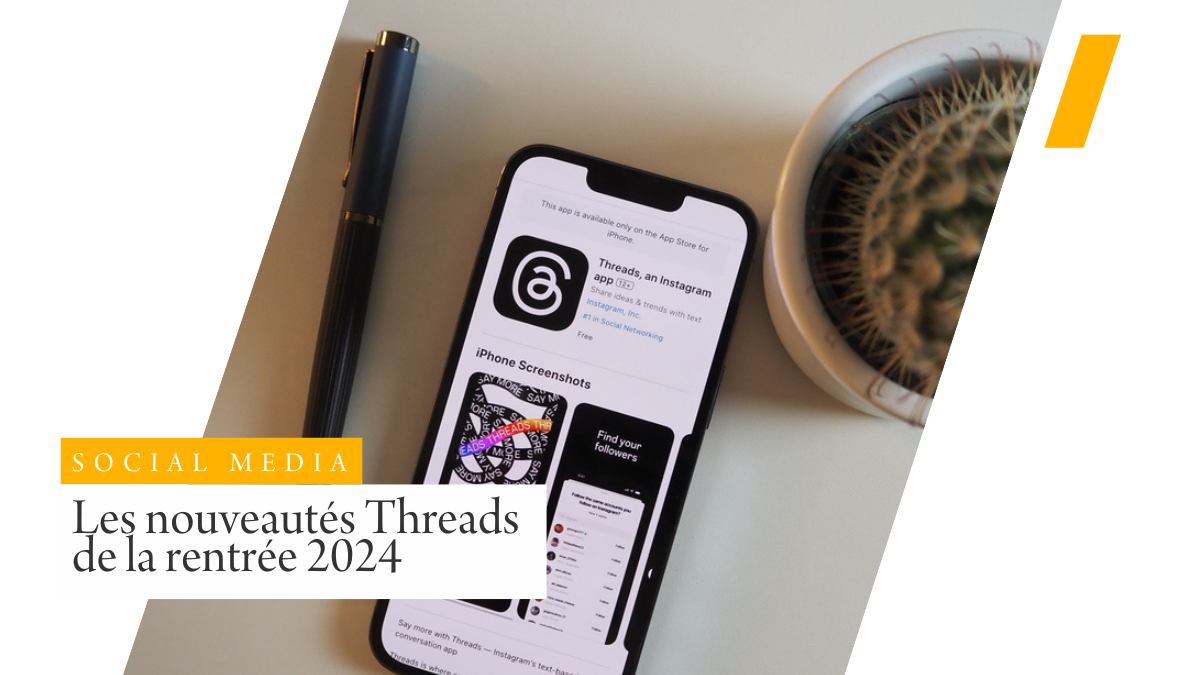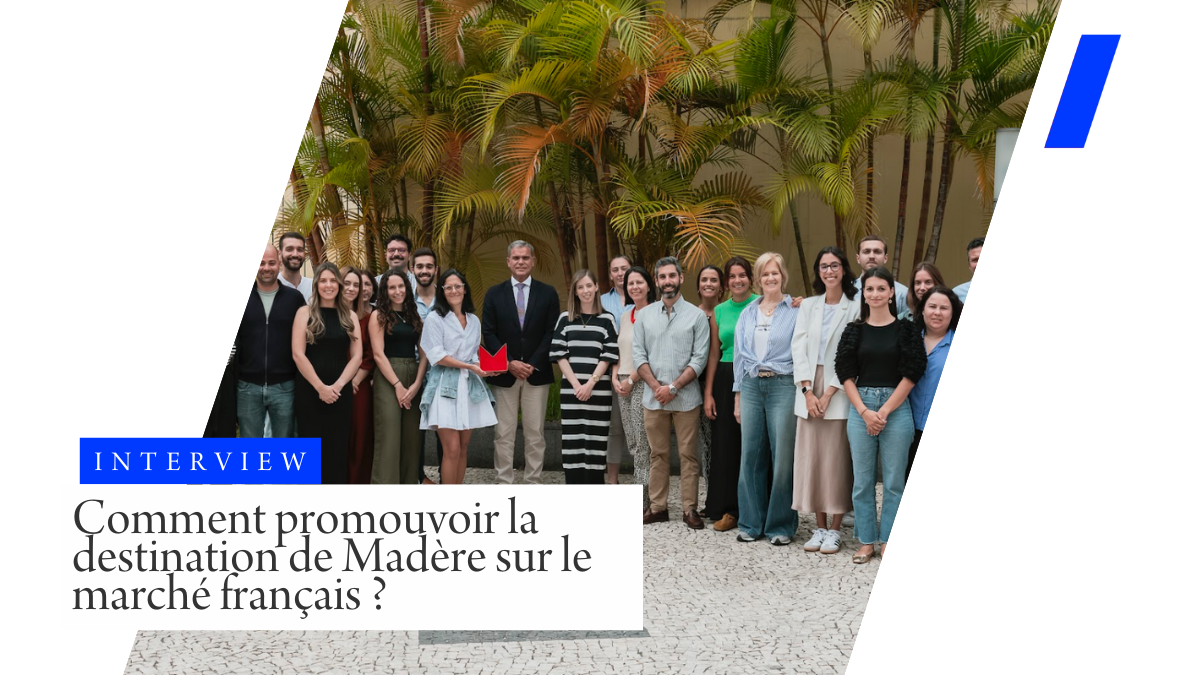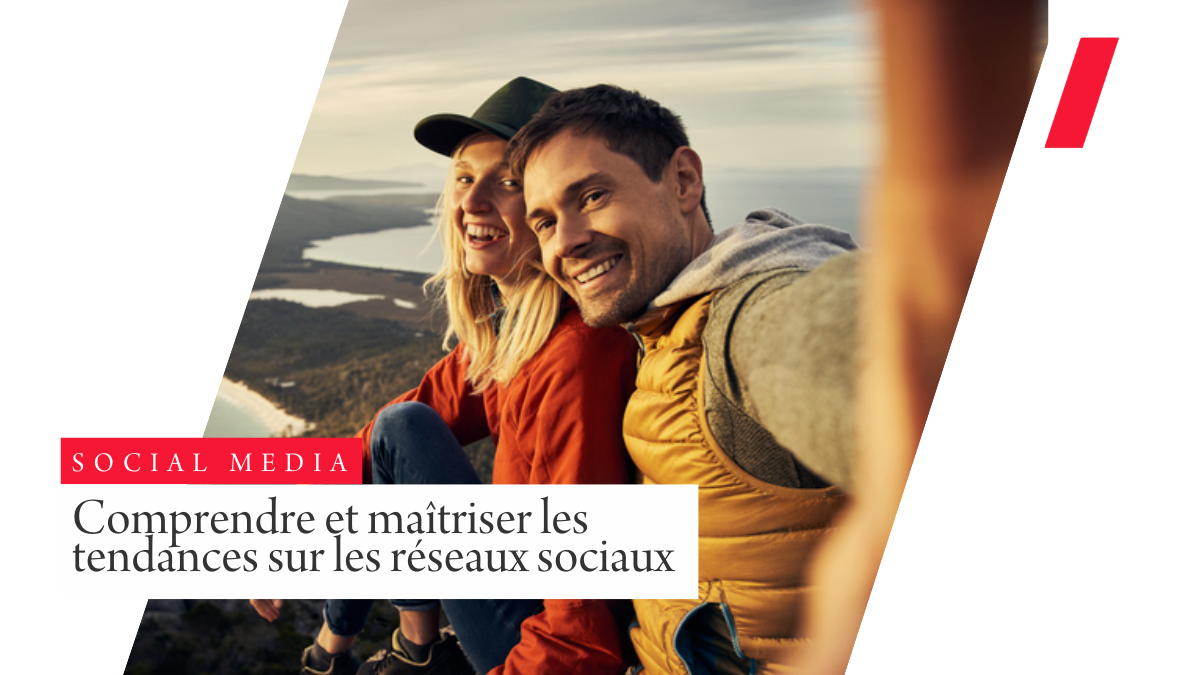The Internet is an essential source of information for any traveler planning their next trip.
According to the Raffour Interactif barometer for Opodo in 2016, 77% of French people consult websites when preparing a holiday.
1 in 2 French people have booked and paid for part of their stay on the internet, with 39% of bookings made on smartphones and tablets.
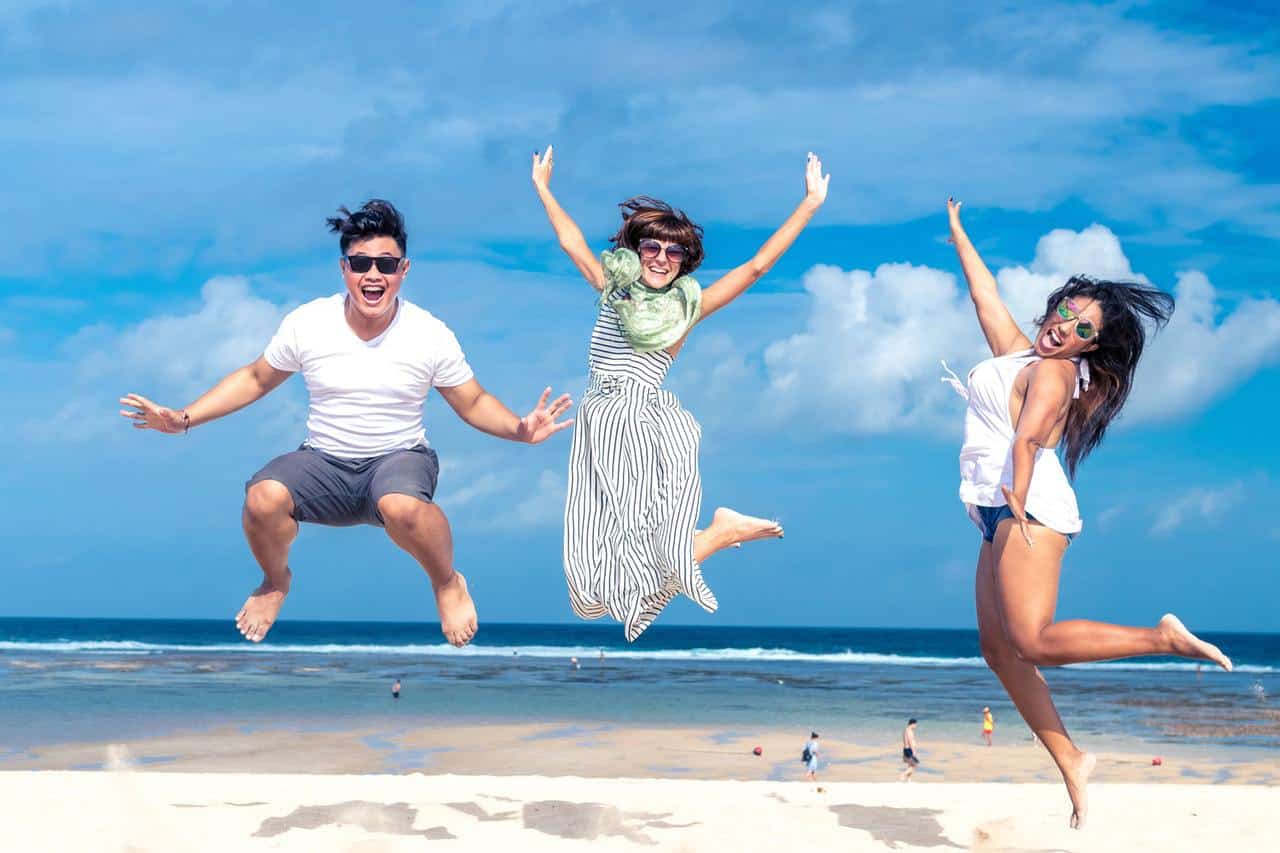
Would you like to create a website for a travel agency? Would you like to increase your visibility and boost your online sales?
Welcome to our website!
Tourism is a sector undergoing constant digital change, with most transactions taking place over the Internet. Customers are looking for a new, authentic experience that will provide them with strong emotions.
That’s where the travel agency comes in: it’s the intermediary between the traveler and the tour operator, and must pay particular attention to the way it presents its services.
That’s why we’re going to provide you with all the best practices you need to follow in order to make the most of wide-ranging communication!
Would you like to create a website for your travel agency?
Great idea!
Today, every Internet user spends an average of around 3.5 hours a day on the web from a PC, tablet or cell phone.
E-tourism sites are particularly active, accounting for more than 20.1 billion euros in 2016.
According to a BVA survey carried out in November 2016, 89% of French people said they were interested in being able to find information on the internet about the product of their choice.
In this case, we’re talking about the “Web to Store” phenomenon , to put it simply: the alliance of physical points of sale with the web, which aims to boost an agency’s total sales.
First of all, it’s important to put yourself in your audience’s shoes.
The accessibility of your website is a point not to be neglected in the process of creating an online site.
It will enable you to reach a wider audience, increase traffic and generate conversions.
Bear in mind that every individual is different (elderly, physically handicapped, hearing-impaired…), so content must be adapted and accessible to every profile.
The advantage of a showcase site is that your customers can consult it from any location at any time. This is a great advantage, as they can browse and find out more without disturbing one of your employees, who can continue to work on other assignments in the meantime.
So who said a travel agency couldn’t do Web to store?
As a source of information par excellence, your website has no physical limits!
You can insert all the documentation you need to describe your products (videos, images, text, PDF documents, etc.), which will allow you to convey as much information as possible to your target audience, who may be more receptive to a video presenting a destination, for example, or to a well-detailed product sheet.
What’s more, a website is also a showcase for any company wishing to appear on the Google search engine, considered a kind of “universal directory”.
By appearing on Google, you can enhance your image and highlight your added value in the face of ever-increasing competition in the travel market.
Be careful, because with a website, the customer has no one to talk to.
It’s important to build an entire thought process around :
- the feeling of security: the fact that the customer feels confident to continue shopping on the site in question
- the credibility of our products: rely on as many elements as possible to describe and attest to the quality of a trip
- your company’s reputation: take advantage of your customers’ opinions, testimonials and ratings to demonstrate your value.
What content should you use?
Another best practice and a must for all large and medium-scale communications, content marketing will help increase your conversion rate.

Contents Key figures :
- 70% of consumers prefer to discover a brand through original and creative content
- 90% of B2C professionals use content marketing for real business purposes
- 72% of marketing managers believe that branded content is more valuable than a magazine advertisement
Opting for a strong, well thought-out editorial strategy favors targeting your audience, the message you want to deliver and interaction with the end consumer.
You need to pay attention to every detail, i.e. choose the right images on the right royalty-free platforms (Pexels, Pixabay or Unsplash), and if you choose other photos, make sure you add the copyright to the source.
Take care with the files you’re going to publish, adding photos that don’t exceed 500 kb, of normal size and correctly renamed.
For example: Avoid short meaningful names such as “DSC0001.JPEG” and prefer names such as “beaune-agence-de-voyage-sur-mesure.JPEG”.
To reach even more profiles, your site will need to adapt to any type of screen: that’s Responsive Design.
This trend offers a high-quality user experience and comfortable browsing on PC, mobile or tablet, since today 63% of web users consume the web on both PC and mobile.
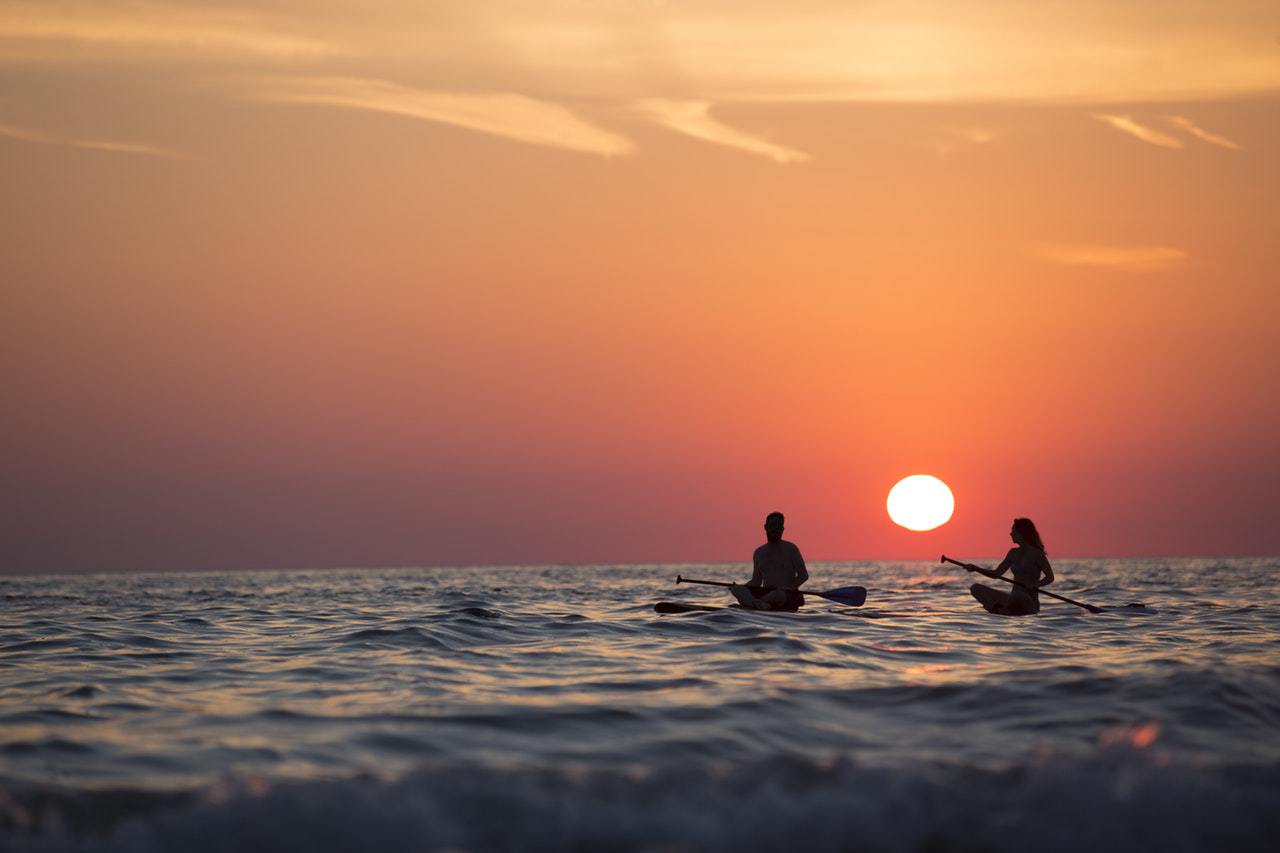
- Strengthen customer contact
A website is a real springboard for getting to know your customers, who are increasingly giving their opinion on a product these days.
Thanks to the tools and modules available with a website (Google Analytics, newsletter module, insert for reviews…), you’ll be able to increase your knowledge of your clientele and understand their expectations.
Knowing your customers better gives you a better chance of closing a sale.
A site’s interactivity invites visitors to extend their reading time, interact and collect information that they can share with others.
Visitors are often drawn to an interactive site by the number of offers displayed, the design or the welcome that makes them feel important.
To promote interactivity, you can use a contact form, newsletter module, review area or even a small chat plugin to get in direct contact with your end customer.

Rely on good referencing for your travel agency!
To optimize your site, you need to have a list of keywords and phrases you want to rank for in search engines.
The primary objective of good SEO should be to attract a high volume of quality traffic, i.e. Internet users who are looking for the type of product you offer.
The main question when developing your SEO strategy is none other than :
“Who am I going to address on my travel agency’s website?” In other words, what are your customers’ expectations, how do you communicate and what will they enter in the search bar to find your establishment?
Think carefully about the structure of your content, especially your main headings and sub-headings, so as to present all your offers in their entirety.
To help you, we’re sharing the golden rules of SEO:
- Structured content: 300-word headlines and qualified content
- Customized keywords
- Expressions to discover your travels
- Think like a web surfer
- Long-tail keywords
- Links: 1 external link (outside your site) for every 2 internal links (to your offers and pages).
- Photos: 1 to 2 photos Beautiful HD photos of your offers in harmony with your page and, above all, renamed according to the keywords of the offer in question, so as to rank higher in Google Images.
Finally, we invite you to create a Google My Business page, which will appear in the top right-hand corner along with your address in a Google search.
This will enable you to gain visibility in the searches that users may make.
For example, a user living in Beaune will be able to see you in their search results when they search for “travel agency”, as Google now geolocates its users and brings up the most relevant results located nearby.
Last but not least, don’t neglect social networks (Facebook, Instagram, Twitter or Linkedin), which will help you raise the profile of your establishment and build customer loyalty.
